LSN Light Weight Harmonic Drive
LSN series is the lightweight product line, designed to reduce the weight of the mechanical equipment itself and facilitate the lightweight construction of industrial robots. It enables higher speeds and increased payload capacity for industrial robots.
Key Features
- CE Marking
- Light weight, the weight is 30% lighter
- Compact and simple design
- Non-backlash
- Easy for installation, motor can be connected directly
- Input and output coaxial
- Excellent positioning accuracy and rotation accuracy
- Product Description
- Specifications
- Product Video
- Application
- FAQ
- Download
Product Description
Compared with the LSS series of small harmonic drive, the LSN harmonic reducer has the same structure and performance as the LSS harmonic reducers. The only difference and advantage is its lighter weight; the weight of the LSN is 30% lighter. This is because we changed the material of the circular spline from steel to aluminum alloy.
Advantages
Lightweight structure is achieved through optimized design and the utilization of premium materials, resulting in a significant 30% reduction in product weight.
Cup-shaped standard barrel structure for the flexible wheel, combined with high rigidity full roller cross bearings.
Utilizing the self-developed CMP heat treatment process, the LS tooth profile design ensures precision grinding with 1um track accuracy.
Compact and concise structural design, with zero backlash, direct motor connection, and convenient installation.
Input and output coaxial.
Excellent positional accuracy and repeatability..
Specifications
Specification of LSS/LSN Rated parameters
| Model | Reduction ratio | Rated torque at 2000r/min input | Permissible peak torque at start and stop | Permissible maximum value for average load torque | Permissible maximum momentary torque | Permissible maximum input rotational speed | Permissible average input rotational speed | Backlash | Weight | Design life | ||||
|---|---|---|---|---|---|---|---|---|---|---|---|---|---|---|
| Grease | Grease | |||||||||||||
| Nm | kgfm | Nm | kgfm | Nm | kgfm | Nm | kgfm | r/min | r/min | Arc Sec | kg | Hour | ||
| 8 | 50 | 1.8 | 0.18 | 3.3 | 0.34 | 2.3 | 0.23 | 6.6 | 0.67 | 8500 | 3500 | ≤40 | LSN-I:0.08 | 10000 |
| 100 | 2.4 | 0.24 | 4.8 | 0.49 | 3.3 | 0.34 | 9.0 | 0.92 | 10000 | |||||
| 11 | 50 | 3.5 | 0.36 | 8.3 | 0.85 | 5.5 | 0.56 | 17 | 1.73 | 8500 | 3500 | ≤30 |
LSS-I:0.25 LSN-I:0.17 |
10000 |
| 80 | 4.5 | 0.46 | 9.9 | 1.01 | 8.0 | 0.82 | 22.5 | 2.30 | 10000 | |||||
| 100 | 5 | 0.51 | 11 | 1.12 | 8.9 | 0.91 | 25.0 | 2.55 | 10000 | |||||
| 14 | 50 | 5.4 | 0.55 | 18 | 1.8 | 6.9 | 0.7 | 35 | 3.6 | 8500 | 3500 | ≤20 |
LSS-I/II:0.51 LSS-C:0.09 LSN-I/II:0.39 LSSF-I:0.51 |
10000 |
| 80 | 7.8 | 0.8 | 23 | 2.4 | 11 | 1.1 | 47 | 4.8 | 15000 | |||||
| 100 | 7.8 | 0.8 | 28 | 2.9 | 11 | 1.1 | 54 | 5.5 | 15000 | |||||
| 120 | 7.8 | 0.8 | 28 | 2.9 | 11 | 1.1 | 54 | 5.5 | 15000 | |||||
| 17 | 50 | 16 | 1.6 | 34 | 3.5 | 26 | 2.6 | 70 | 7.1 | 7300 | 3500 | ≤20 |
LSS-I/II:0.67 LSS-C:0.15 LSN-I/II:0.52 LSSF-I:0.67 |
10000 |
| 80 | 22 | 2.2 | 43 | 4.4 | 27 | 2.7 | 87 | 8.9 | 15000 | |||||
| 100 | 24 | 2.4 | 54 | 5.5 | 39 | 4 | 108 | 11 | 15000 | |||||
| 120 | 24 | 2.4 | 54 | 5.5 | 39 | 4 | 86 | 8.8 | 15000 | |||||
| 20 | 50 | 25 | 2.5 | 56 | 5.7 | 34 | 3.5 | 98 | 10 | 6500 | 3500 | ≤20 |
LSS-I/II:0.96 LSS-C:0.28 LSN-I/II:0.73 LSSF-I:0.96 |
10000 |
| 80 | 34 | 3.5 | 74 | 7.5 | 47 | 4.8 | 127 | 13 | 15000 | |||||
| 100 | 40 | 4.1 | 82 | 8.4 | 49 | 5 | 147 | 15 | 15000 | |||||
| 120 | 40 | 4.1 | 87 | 8.9 | 49 | 5 | 147 | 15 | 15000 | |||||
| 160 | 40 | 4.1 | 92 | 9.4 | 49 | 5 | 147 | 15 | 15000 | |||||
| 25 | 50 | 39 | 4 | 98 | 10 | 55 | 5.6 | 186 | 19 | 5600 | 3500 | ≤20 |
LSS-I/II:1.46 LSS-C:0.42 LSN-I/II:1.14 LSSF-I:1.46 |
10000 |
| 80 | 63 | 6.4 | 137 | 14 | 87 | 8.9 | 255 | 26 | 15000 | |||||
| 100 | 67 | 6.8 | 157 | 16 | 108 | 11 | 284 | 29 | 15000 | |||||
| 120 | 67 | 6.8 | 167 | 17 | 108 | 11 | 304 | 31 | 15000 | |||||
| 32 | 50 | 76 | 7.8 | 216 | 22 | 108 | 11 | 382 | 39 | 4800 | 3500 | ≤20 |
LSS-I/II:3.11 LSS-C:0.89 LSN-I/II:2.47 |
10000 |
| 80 | 118 | 12 | 304 | 31 | 167 | 17 | 568 | 58 | 15000 | |||||
| 100 | 137 | 14 | 333 | 34 | 216 | 22 | 647 | 66 | 15000 | |||||
| 120 | 137 | 14 | 353 | 36 | 216 | 22 | 686 | 70 | 15000 | |||||
| 40 | 50 | 137 | 14 | 402 | 41 | 196 | 20 | 686 | 70 | 4000 | 3000 | ≤20 |
LSS-I/II:4.6 LSS-C:1.7 LSN-I/II:3.64 LSSF-I:4.6 |
10000 |
| 80 | 206 | 21 | 519 | 53 | 284 | 29 | 980 | 100 | 15000 | |||||
| 100 | 265 | 27 | 568 | 58 | 372 | 38 | 1080 | 110 | 15000 | |||||
| 120 | 294 | 30 | 617 | 63 | 451 | 46 | 1180 | 120 | 15000 | |||||
-
What is a harmonic drive box?
+A harmonic drive box is a type of gear system that produces high reduction ratios in a compact size. It uses the mechanics of a flexible element deforming to transmit motion and achieve high precision and torque.
-
How does a harmonic gear box work?
+A harmonic gear box works by using a circular spline, flexspline, and a wave generator. The wave generator deforms the flexspline into an elliptical shape, which then engages with the teeth of the circular spline at two points, providing a high reduction ratio through the difference in tooth count between the engaged elements.
-
What are the main components of a strain wave drive?
+The main components are the circular spline (fixed outer ring), the flexspline (flexible inner ring with fewer teeth), and the wave generator (an elliptical disc that fits inside the flexspline).
-
What are the advantages of using harmonic/harmonic drive boxes?
+Strain wave/harmonic gearboxes offer high precision, zero backlashes, high torque capacity, compact size, and lightweight. They are also known for their excellent positional accuracy and repeatability.
-
What applications are harmonic-type drives used in?
+They are used in applications requiring high precision and reliability, such as robotics, aerospace, defense, medical equipment, and semiconductor manufacturing equipment.
-
How do you select a strain wave drive for a specific application?
+Selection depends on factors like torque requirements, desired reduction ratio, space constraints, load capacity, and environmental conditions. It's essential to consult with manufacturers or experts to choose the appropriate model.
-
What are the different types of Strain Wave Gearboxes?
+Circular Spline Gearboxes
Cup-Type Gearboxes
Flat Gearboxes
-
What is a Circular Spline?
+The Circular Spline in Strain Wave Gearboxes are characterized by their robust design.
NEED A ONE-STOP SOLUTION?
We believe in delivering excellent customer service and we are dedicated to our customers.
If you want to know more about our products, prices, and customized services, please contact us with more details, we will respond as soon as possible.








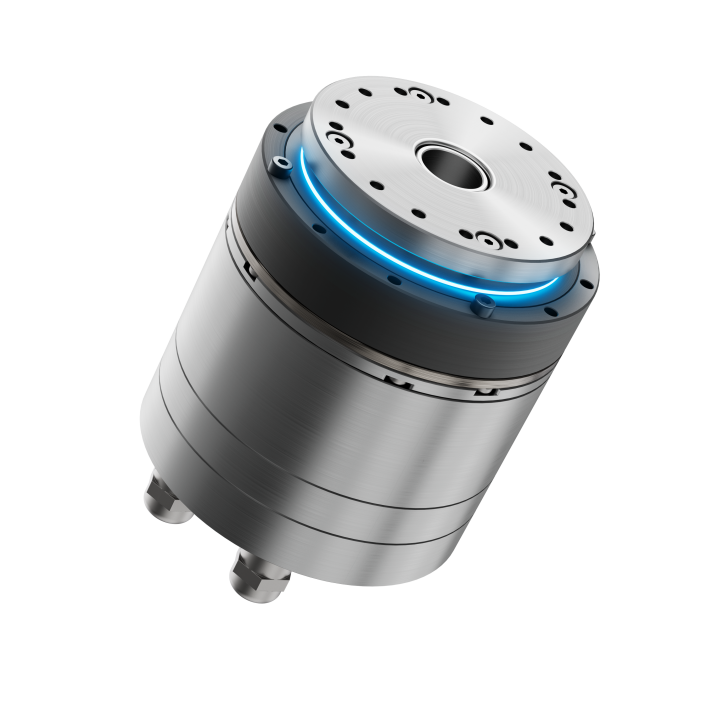









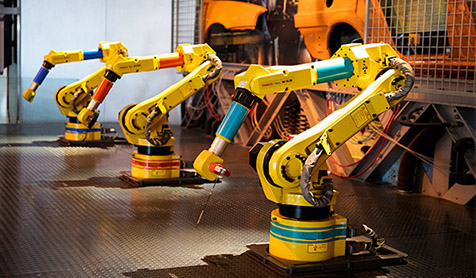
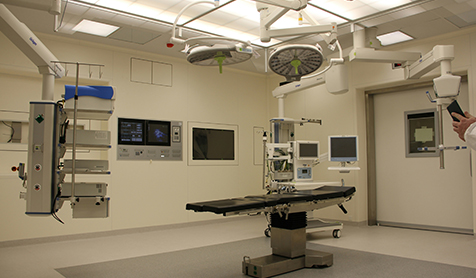
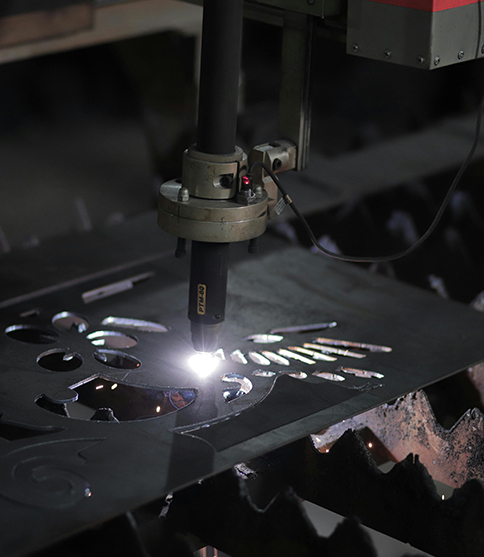
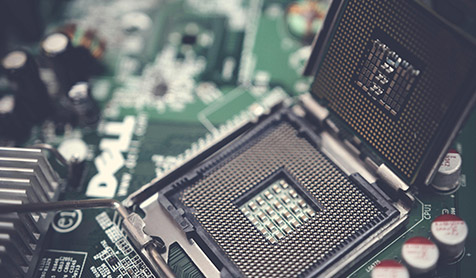
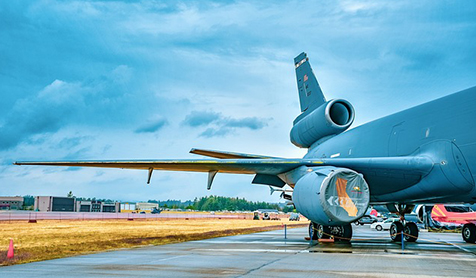
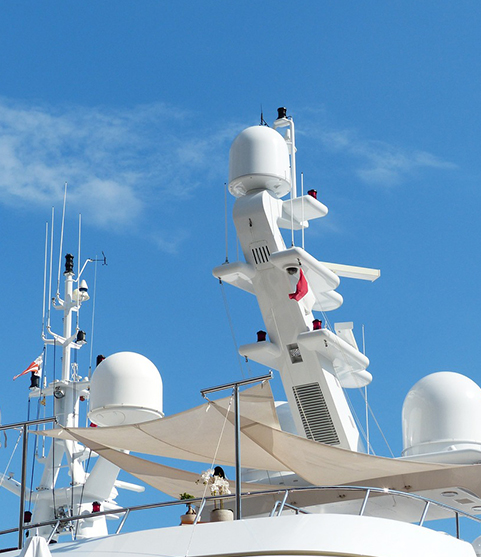
 Download
Download







